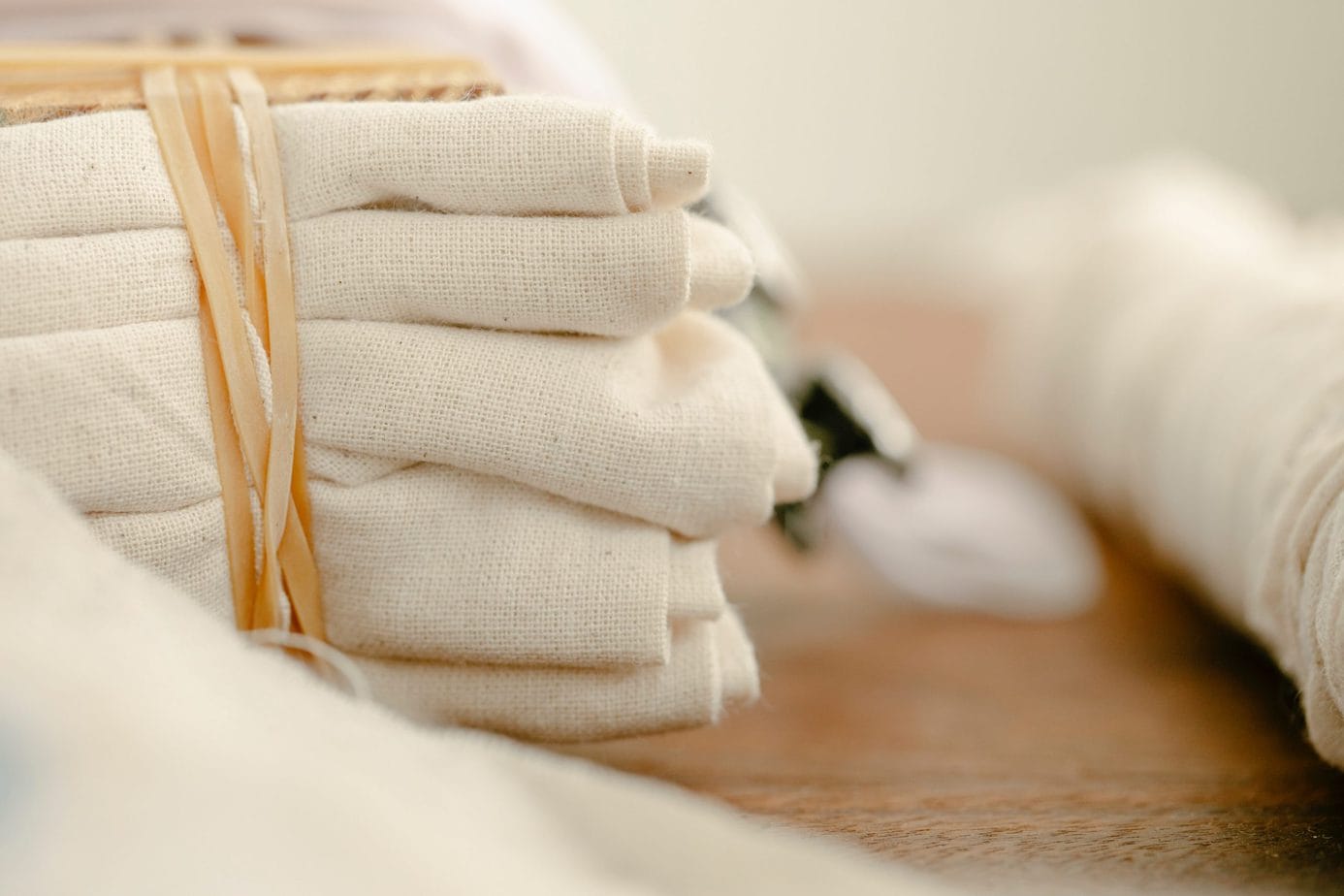
When buying clothes, we increasingly pay attention not only to their quality, but also to the material from which they are made. The term “good composition” no longer refers only to food and cosmetics. We want our clothes to be made of materials that are friendly for our skin and do not pollute the environment.
It’s worth starting the list with a material that is becoming more and more popular on the clothing market. Flax – one of the oldest fabrics in the world. It is produced from cellulose fibres which grow inside stems of these plants. Cultivation of flax does not require the use of chemical fertilizers or pesticides. The material is breathable against the skin and lowers body temperature in the summer. It is lightweight and absorbent, resistant to moths and microbes
Fabric made from hemp is 100 percent biodegradable and has a negative carbon footprint. Hemp fiber can be made into a tough and thick, denim-like material, and a thin and delicate, silk-like material. Clothes made from them are antibacterial and antifungal. Their incredible advantage is natural UV protection, as well as high durability. Unfortunately, the material is still not very popular on the fashion market, although the number of hemp clothes is growing every year.
Fibers made from bamboo plants are extremely silky, extremely durable and absorb moisture. That is why manufacturers increasingly use this fabric to produce, for example, socks – very soft and delicate.
Growing bamboo does not require large amounts of water, the plant does not need any fertilizers or pesticides, and the material produced from it is fully biodegradable. However, the very process of converting the fibers into fabric requires a lot of chemicals and causes environmental degradation
Tencel is made from cellulose – mainly wood cellulose, although increasingly eucalyptus is being used. It is therefore fully biodegradable. It combines the most important features of many popular fabrics: it is delicate like silk, strong like polyester, cool like linen, warm like cotton and absorbent like bamboo.
It will be especially appreciated by people with sensitive skin, as tencel is an antibacterial and exceptionally delicate material. Unfortunately, a rather large amount of chemical solvents is used in its production, although, according to the main producer of tencel, Lenzing AG, they are in a closed loop, which means that the same solvent is recycled.
See also: 100% of Promod products will contain organic fibers by 2025.
The currently popular eco-leather is not as eco as you might think. Its production does a lot of damage to the environment. Recently people started to look for more eco-friendly solutions.
This is how Pinatex was created – a material which is deceptively similar to real leather. It is equally strong and flexible. It is obtained from cellulose fibres contained in pineapple leaves. This fully biodegradable alternative is gaining more and more followers
Eco-friendly fabrics include all materials, even synthetics, as long as they are recycled. Such fabrics as acrylic, polyester or cotton can be successfully obtained from recycling. More and more chain stores create collections in which at least some of the materials are reused.
Main photo: Teona Swift/pexels.com